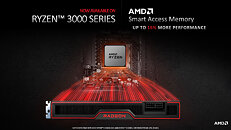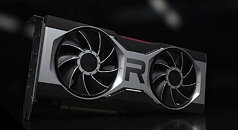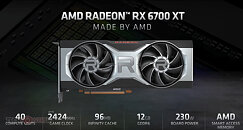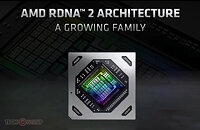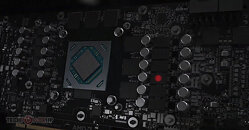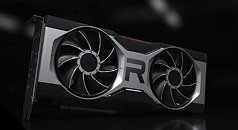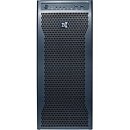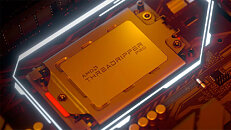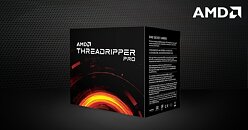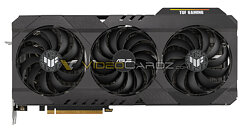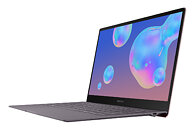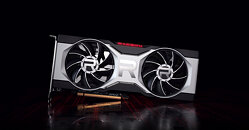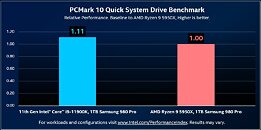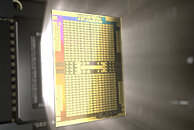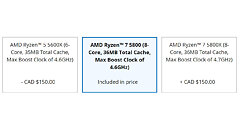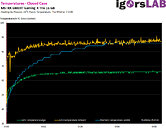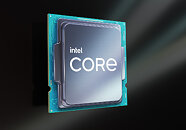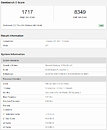
GIGABYTE Announces Radeon RX 6700 XT Gaming OC and EAGLE Graphics Cards
GIGABYTE today rolled out a pair of custom-design AMD Radeon RX 6700 XT graphics cards. These include the RX 6700 XT Gaming OC, and the RX 6700 XT EAGLE. The company will also sell reference-design "made by AMD" RX 6700 XT cards. The RX 6700 XT Gaming OC features a WindForce 3X cooling solution that looks practically identical to the Radeon RX 6800 Gaming OC card, with possible modifications to its heatsink's base-plate. Three aluminium fin-stacks are skewered by five 6 mm-thick copper heat-pipes that make direct contact with the GPU. Additional base-plates pull heat from the memory and VRM areas. The card draws power from a combination of 8-pin and 6-pin PCIe power connectors. Display outputs include two each of HDMI 2.1 and DisplayPort 1.4 connectors.
The Radeon RX 6700 XT EAGLE is the more slender of the two custom-design RX 6700 XT cards by GIGABYTE. It is strictly 2 slots thick, and uses a slimmer heatsink. Three aluminium fin-stacks are joined by three 8 mm-thick copper heat pipes that make direct contact with the GPU. The power input configuration is the same as the Gaming OC card, as is the display output configuration. GIGABYTE didn't disclose the factory overclock speeds or either cards, but the Gaming OC card is expected to be the faster of the two. Both cards are expected to launch on March 18, 2021.
The Radeon RX 6700 XT EAGLE is the more slender of the two custom-design RX 6700 XT cards by GIGABYTE. It is strictly 2 slots thick, and uses a slimmer heatsink. Three aluminium fin-stacks are joined by three 8 mm-thick copper heat pipes that make direct contact with the GPU. The power input configuration is the same as the Gaming OC card, as is the display output configuration. GIGABYTE didn't disclose the factory overclock speeds or either cards, but the Gaming OC card is expected to be the faster of the two. Both cards are expected to launch on March 18, 2021.






